Travel and Architectural Photography "Khajuraho Group of Monuments"
2 comments
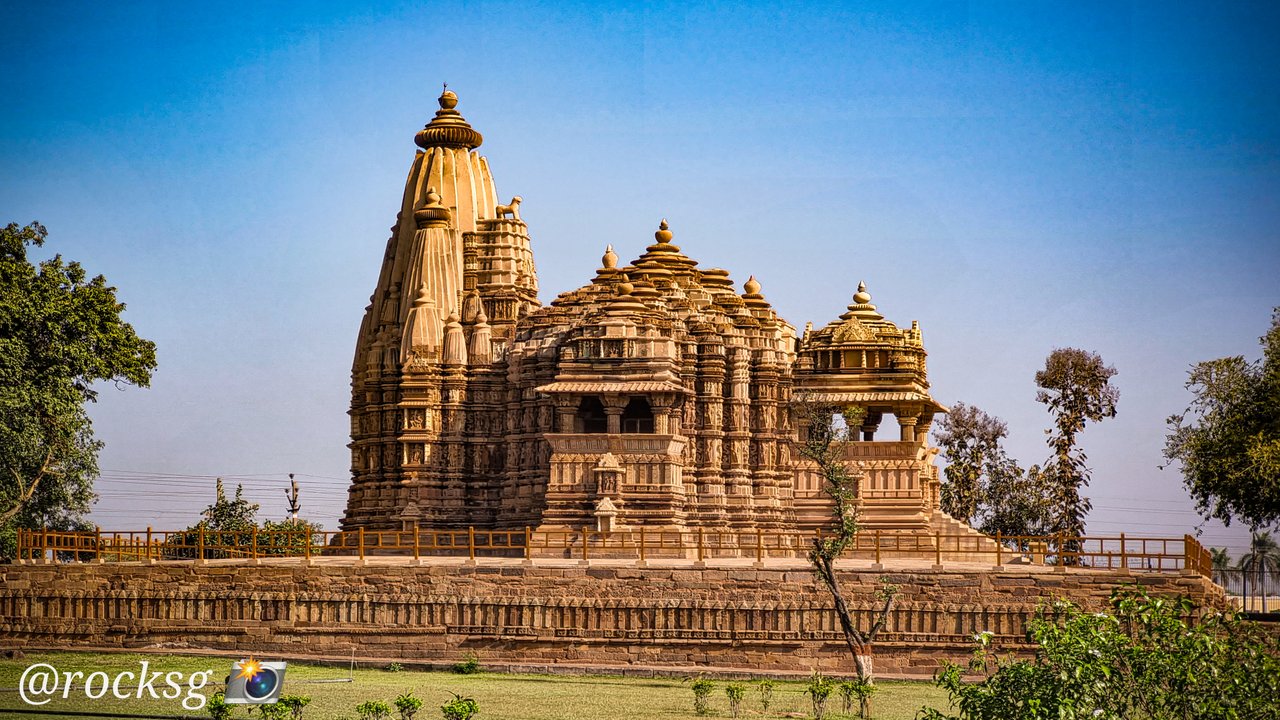
Khajuraho, one of the most well-liked tourist locations in India, is home to the largest collection of ancient Hindu and Jain temples in the nation. These temples are renowned for their erotic sculptures. One of India's "seven wonders," the Khajuraho Group of Monuments has been recognised by UNESCO as a World Heritage Site since 1986.
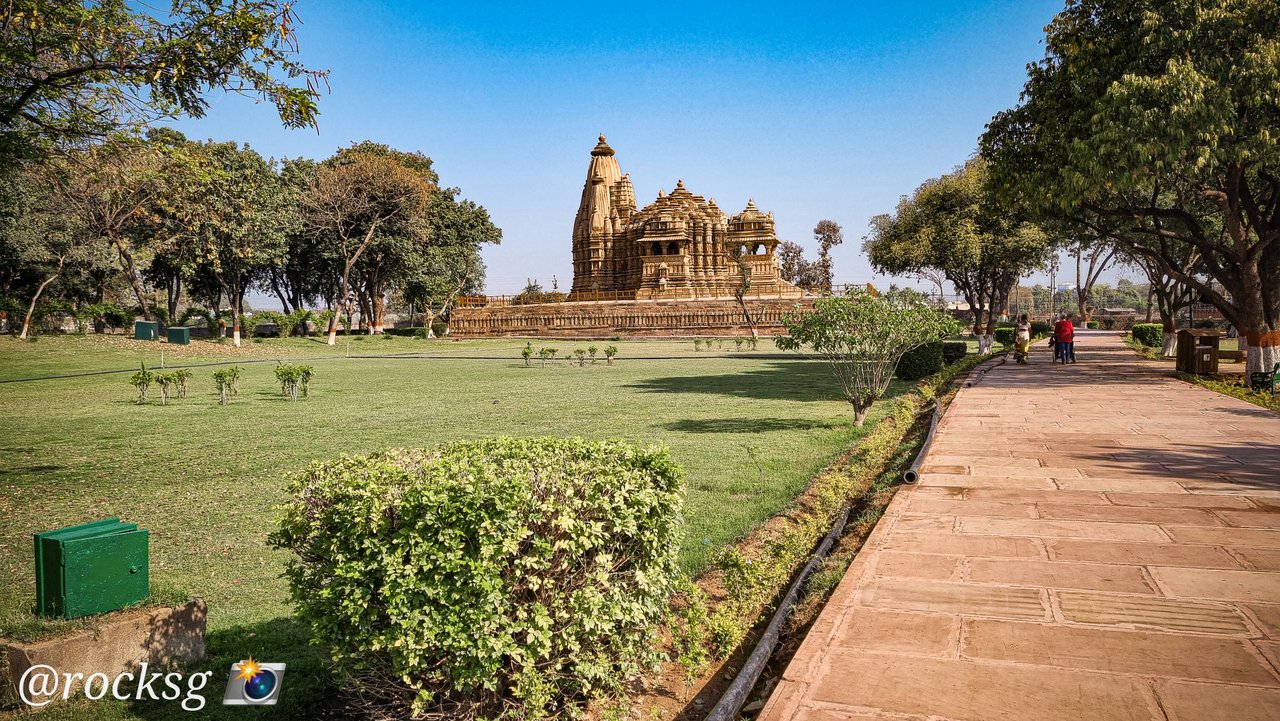
These temples were build by the Chandel Dynasty between 950 to 1050 AD. The biggest temple in these group of monuments is "Kandariya Mahadev Temple". It has many sculptures nicely carved on its walls and is dedicated to Lord Shiva. The south wall of the temple has very detailed erotic carvings. The temples are divided into three groups that form the western, eastern, and southern clusters of the Khajuraho Group of Monuments are rare surviving examples.

In the group of temples, there were around 80 such temples by the end of 12th century but due to invasion only 20 have survived now. The whole campus is spread overy six sqaure kilometers and have temples of other Hindu and Jain regions.

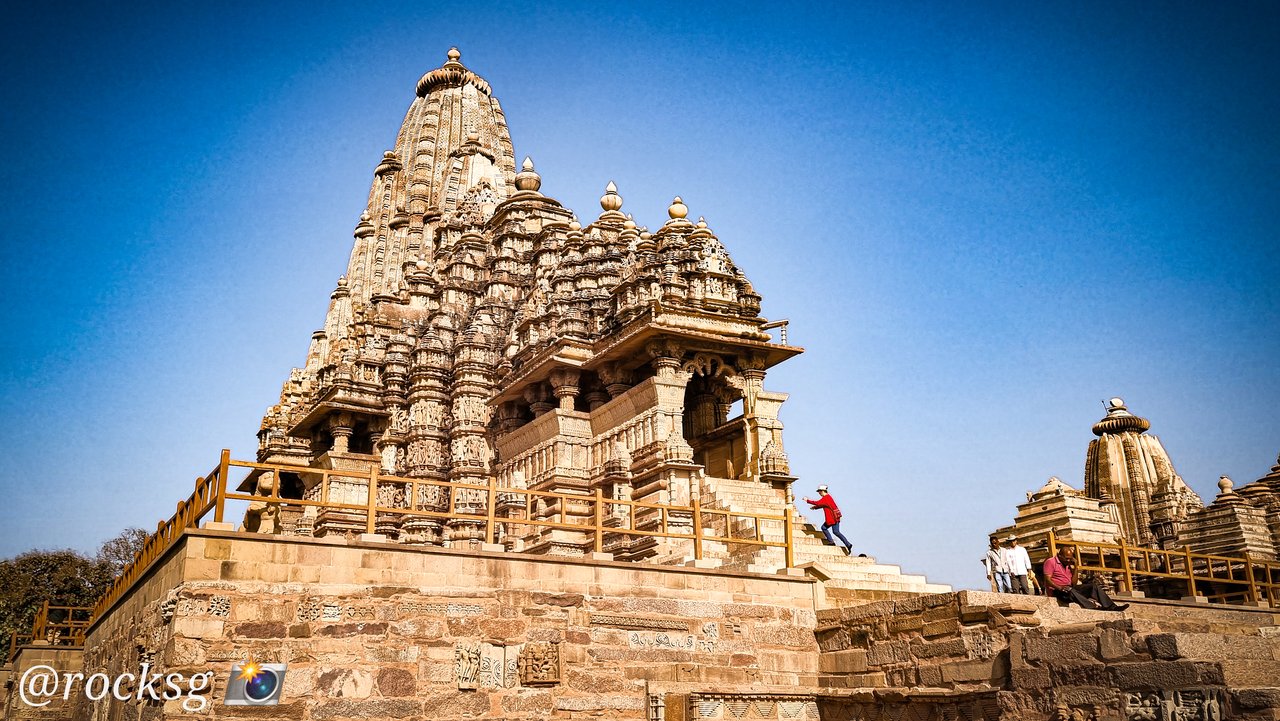
From all over the world tourist visit this place to understand how rich our architectural knowledge and wisdom were during those days. The Chandela kings had a great liking for art and design which can be strongly felt after visiting this place. The architectural style of this temple is known as "Nagara Style" where only one top is there at the peak.
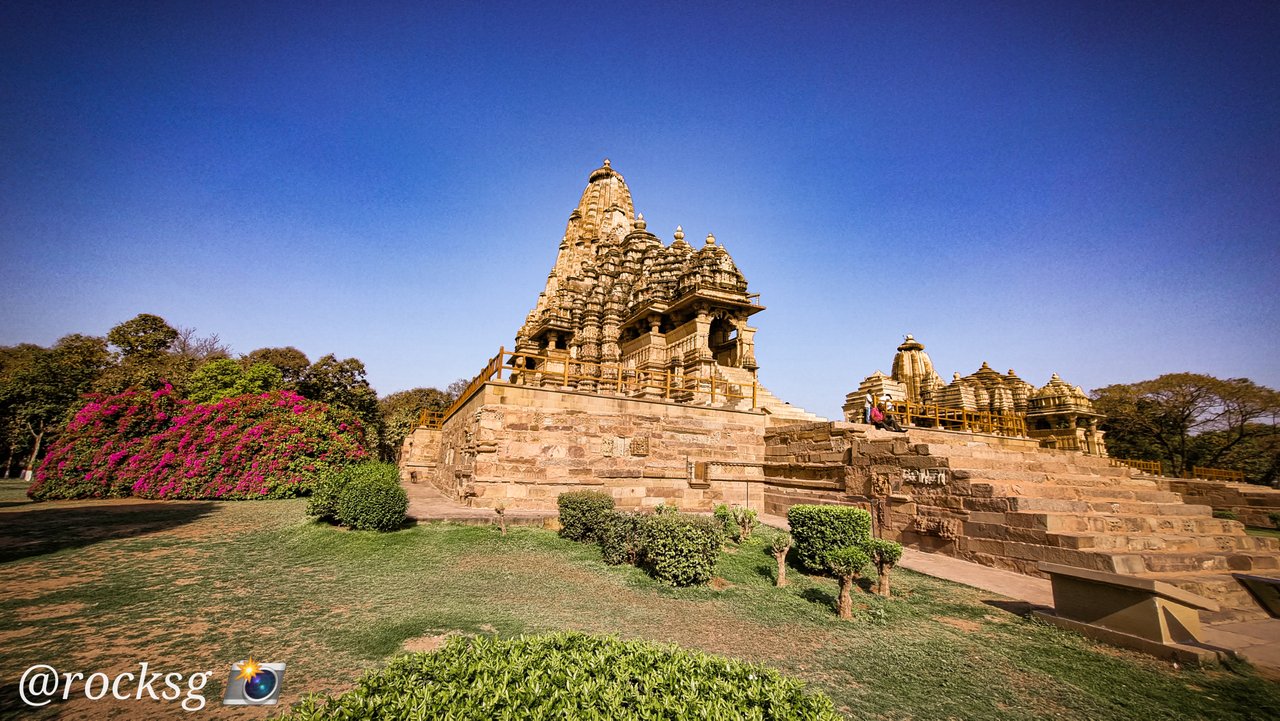
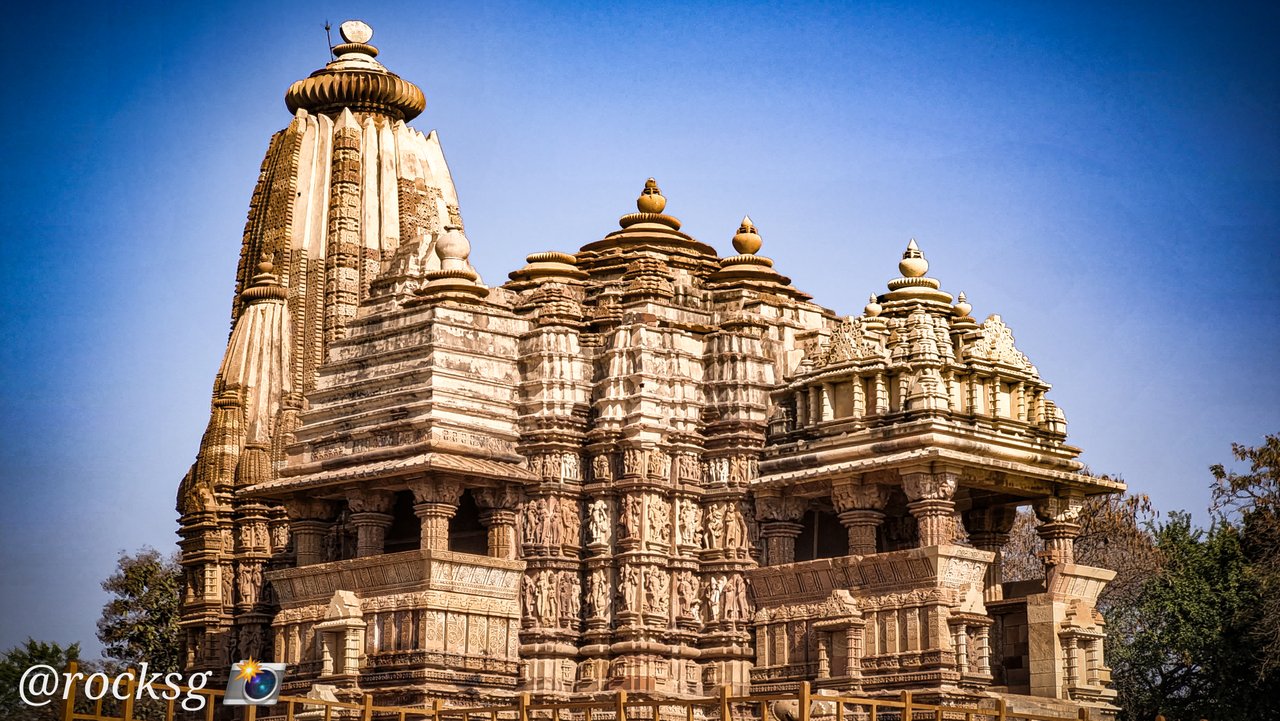
The lush green meadows with beautiful garden and fountains really make this place very calm and positive vibrations. Very few temples have such amalgamation of Hindu and Jain temples.
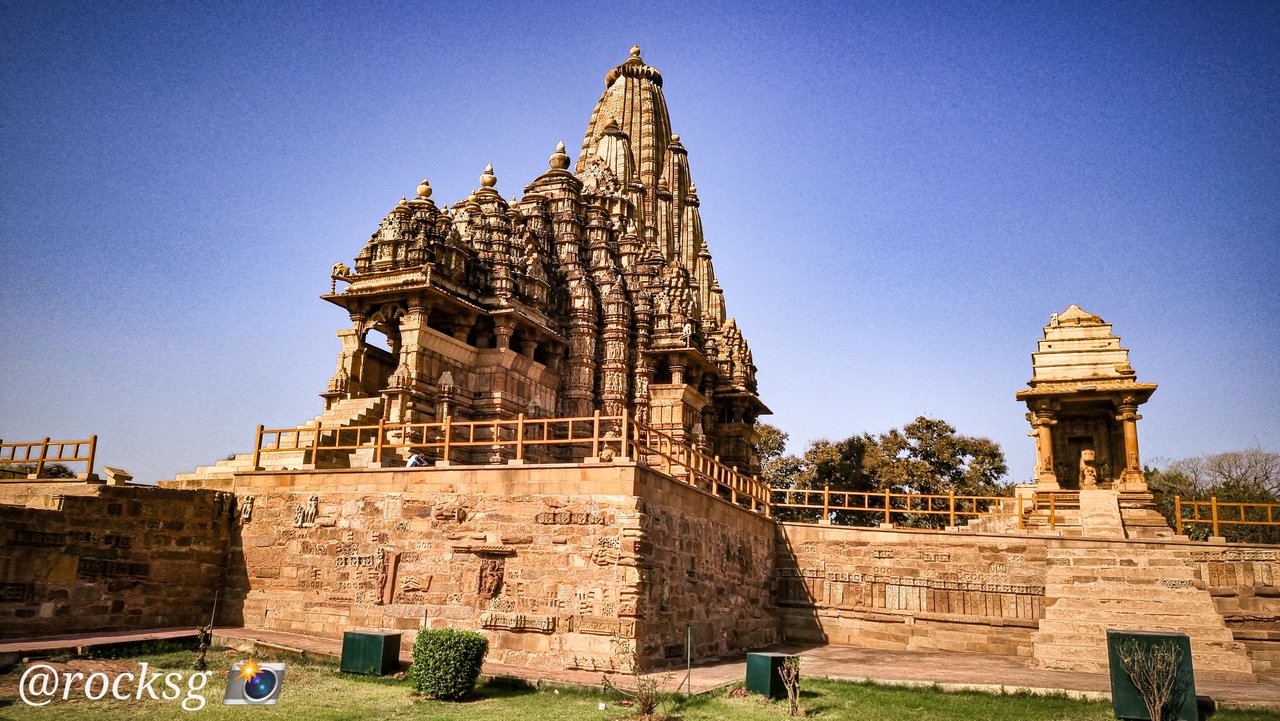
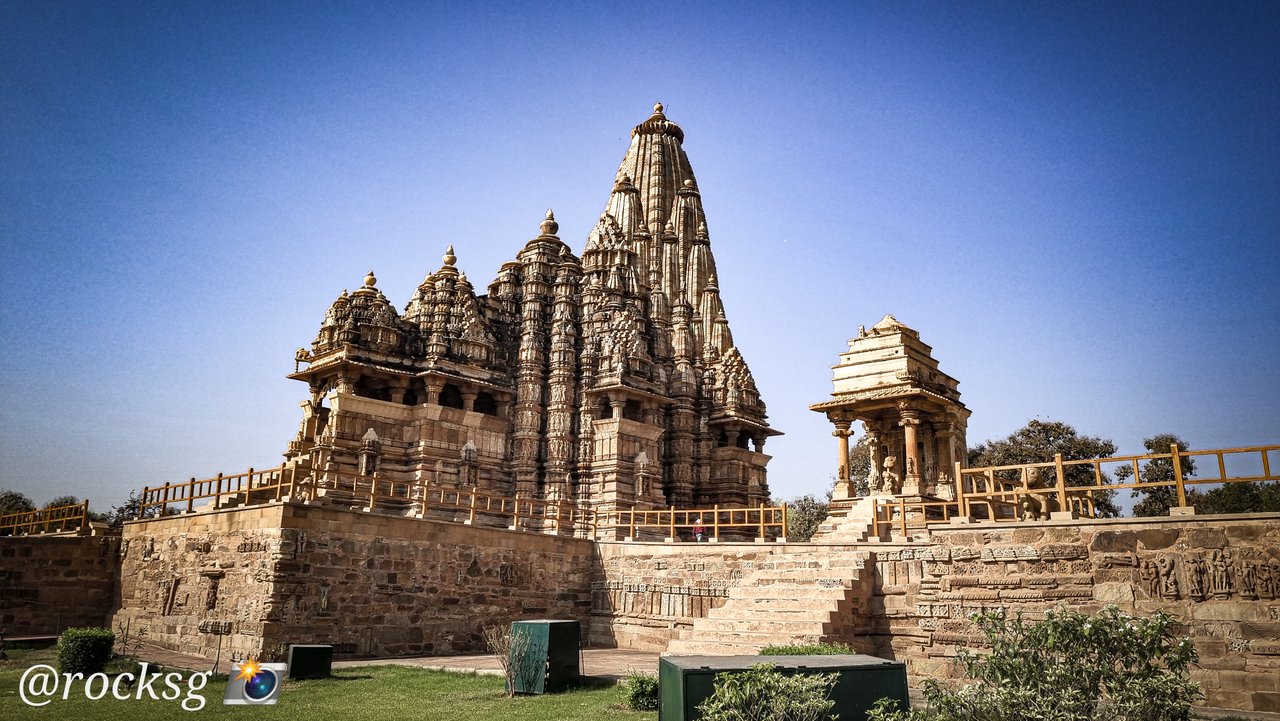
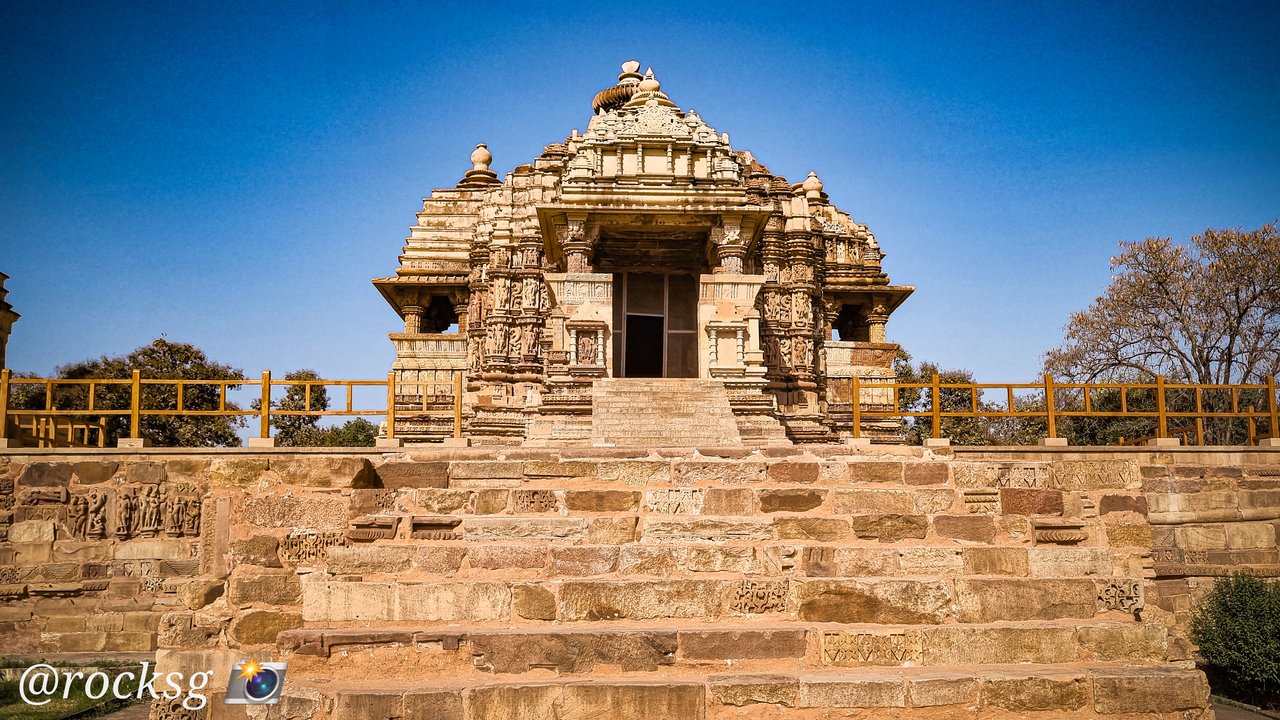
The Khajuraho Group of Monuments represents, both structurally and aesthetically, the zenith of northern Indian temple architectural growth. Each sandstone temple is elevated above its surroundings by a highly ornamented terraced platform, or jagati, on which stands the body, or jangha, whose sanctum is topped by a tower, or shikhara, unique to Nagara. The verticality of the main spire atop the sanctum is accentuated by a series of smaller spires flanking it, each of which represents Mount Kailasa, the home of the Gods.


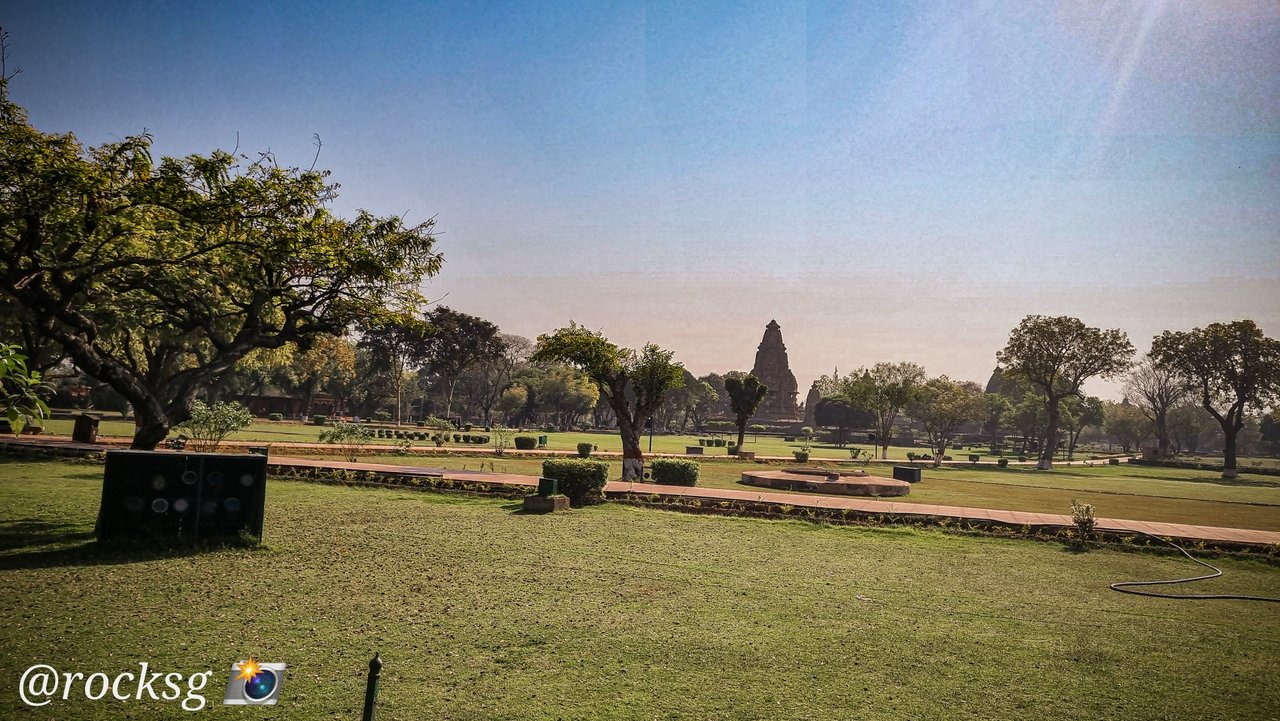

Thanks a lot for visiting my profile and reading the entire post. I hope you have found this post to be enjoyable and informative. Stay tuned for such insightful posts from me.

Comments